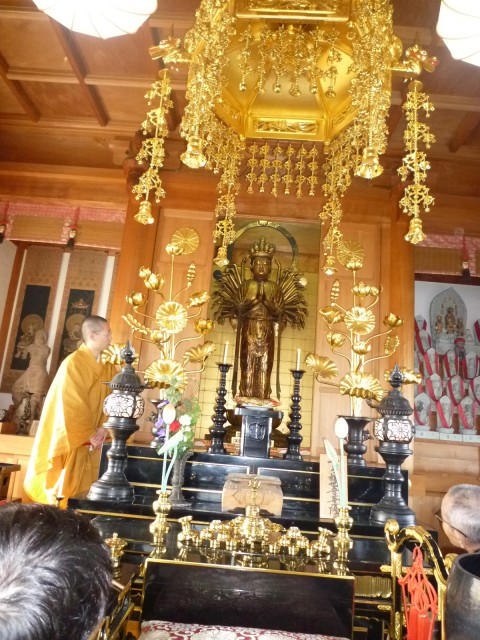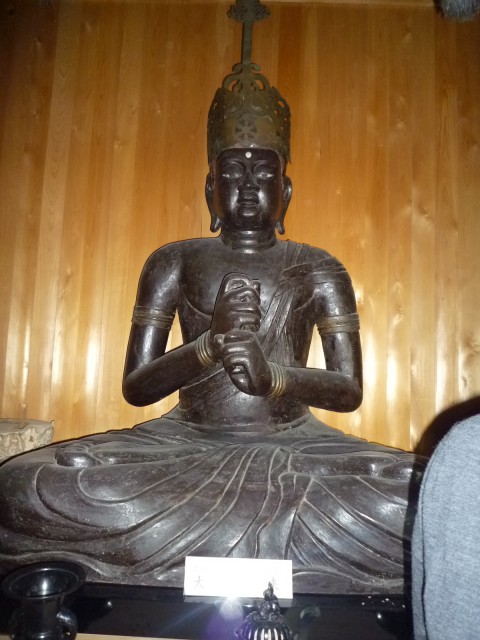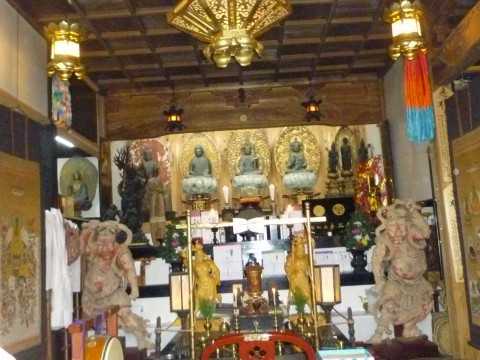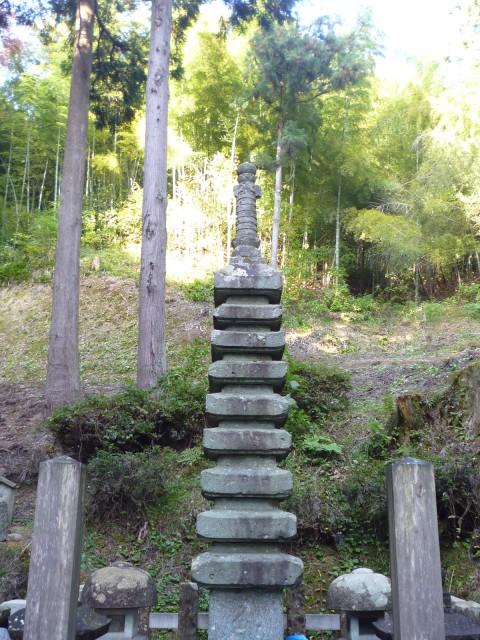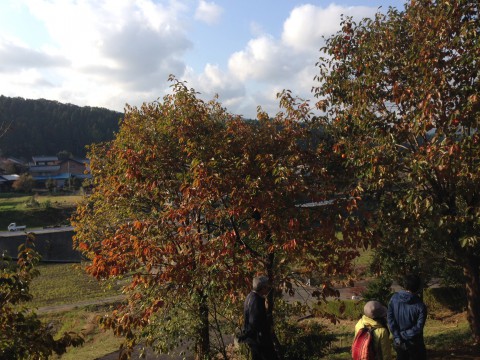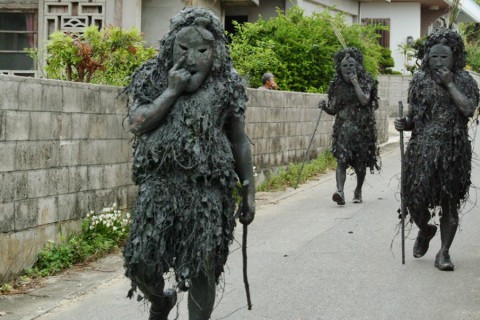Strange festival which tells of the arrival of spring |Katsuyama Sagicho Festival
2017.03.06
I went to Katsuyama City to see the Katsuyama Sagicho Festival.
Katsuyama Sagicho Festival, which has a 300-year history, is held on the last weekend in February every year. During the festival, twelve floats are built, men and women with children wearing a red long undergarment for kimono beat drums cheerfully in a humorous movement to the sound of shamisen, flute and gong.
This style is very unique and only one in Japan, so that is why it is called a strange festival.
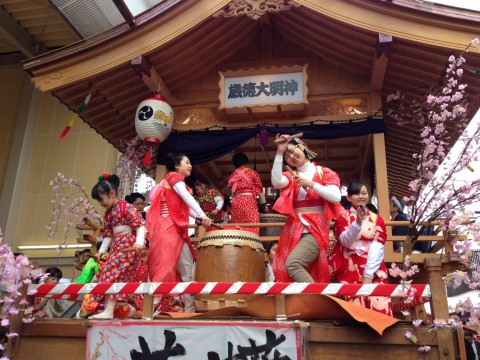
They are so cheerful in red undergarments for kimono.
During the festival, colorful strips of paper flap above the roads and in the wind, which creates a cheerful atmosphere. Many food stalls are lined and local people sell home-prepared food, so you may be tempted to eat too much.
On the Sunday, it is a special open-day at nearby famous sake brewery Ippongi.
I think that actually many people come to the festival with the aim of this event.
On the day, you can see inside the brewery and they sell sake manju cake of their own.
Also, they sell sake limited to the festival but when I arrived the brewery around 1 p.m,
it had already sold out. Too bad!
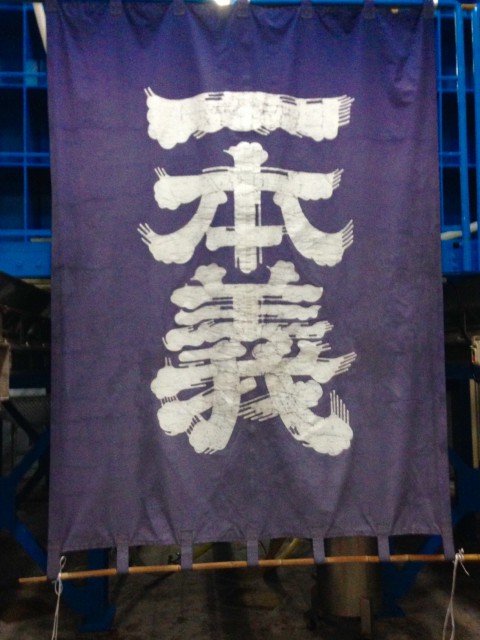
There was a big banner in the brewery. It looks vintage.
It is my favorite local festival. To go to the Katsuyama Sagicho Festival, Echizen Railway
from JR Fukui Station is convenient. You can enjoy beautiful winter scenery and a relaxing whistle-stop tour to Katsuyama Station. Also, please visit popular Fukui Prefectural Dinosaur Musuem in Katsuyama City. There is a bus to the museum in front of the Katsuyama Station. (H.S)
Here is a video of the festival two years ago.


